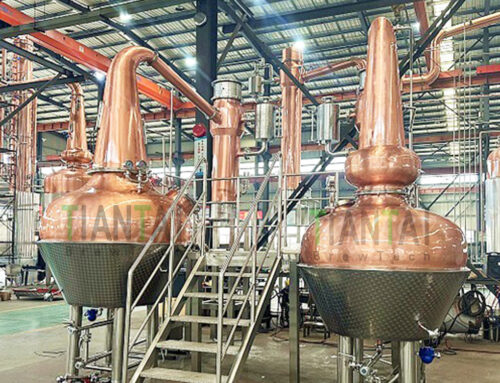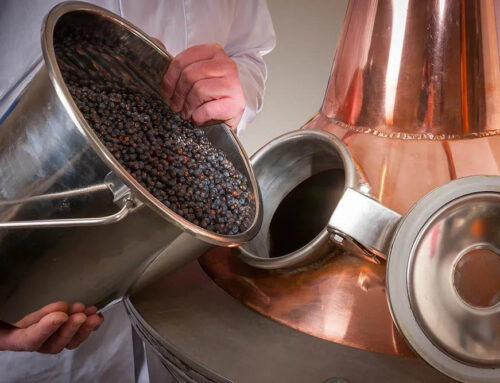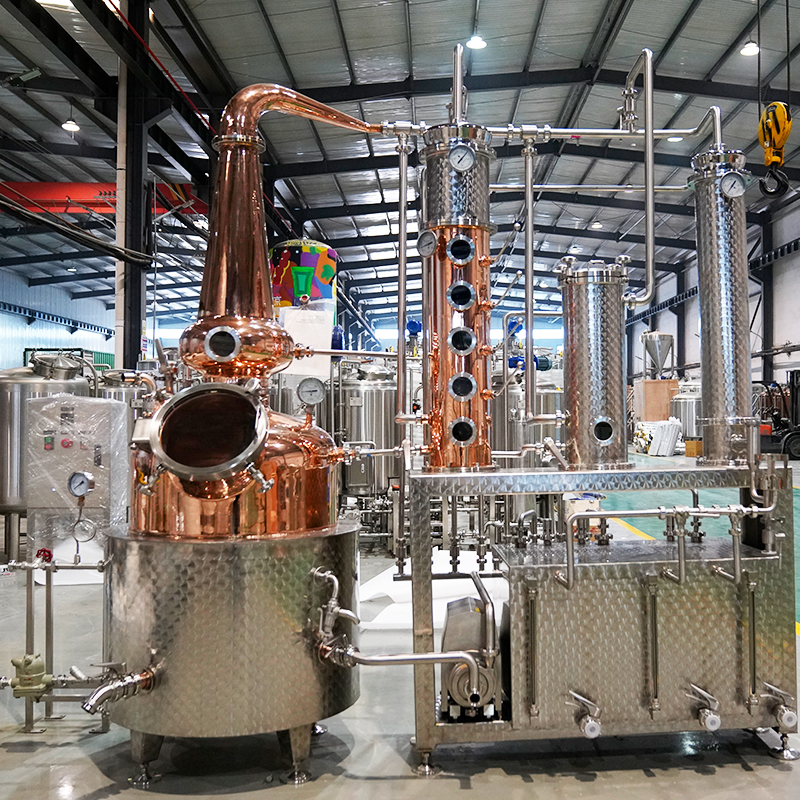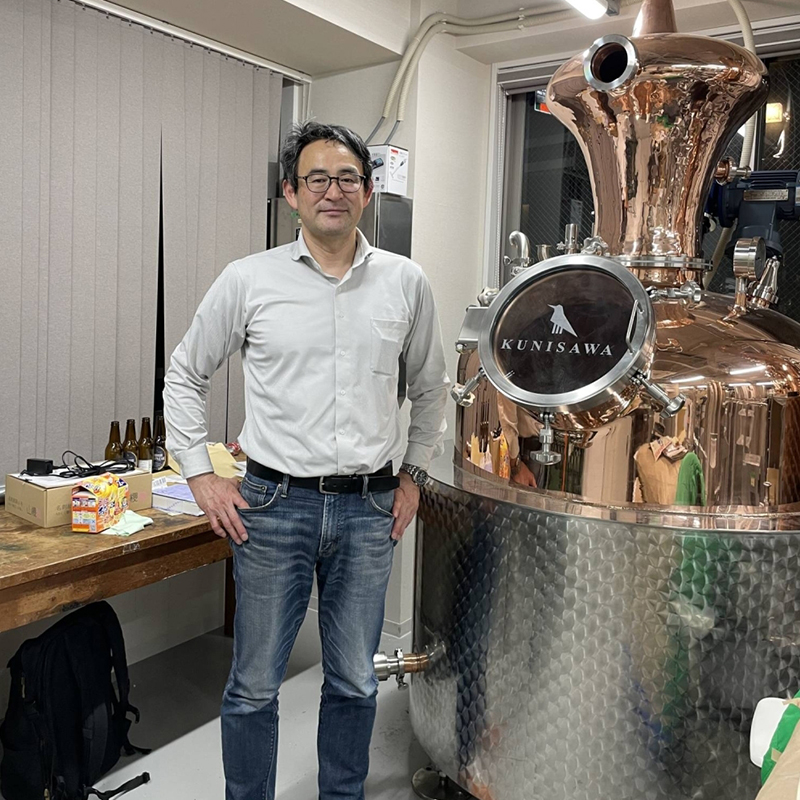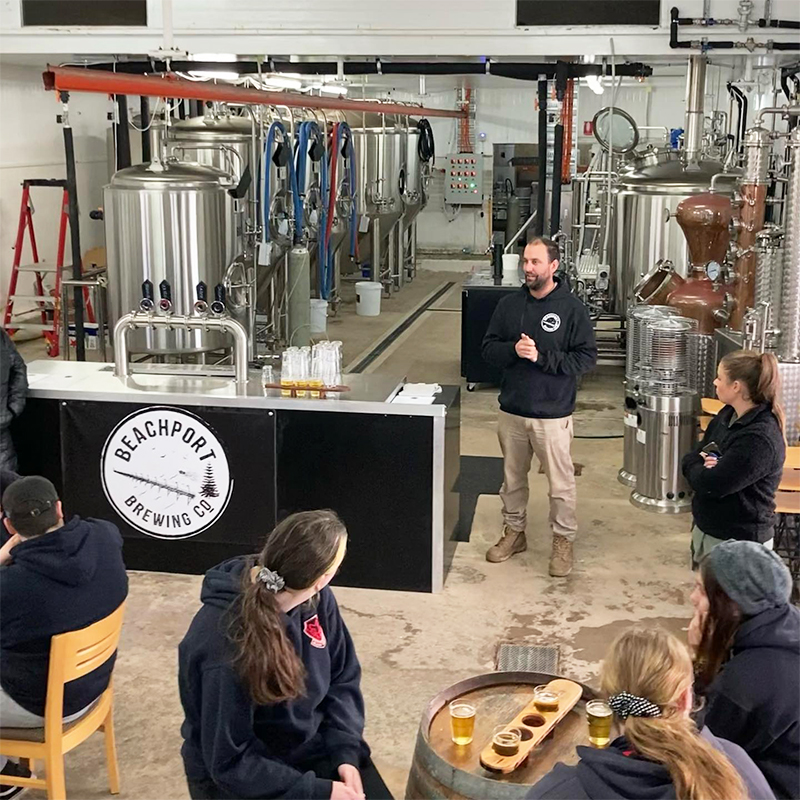
Fire and Explosion Hazards in Craft Distilling
Ethanol, which is the primary ingredient in alcoholic beverages, is highly flammable. During the production of spirits, large quantities of ethanol are stored, handled, and processed in distilleries, which can create a significant risk of fire and explosion if proper safety measures are not followed.

Ignition Sources
Numerous ignition sources lurk in distilleries, including open flames, sparks from cutting and welding, hot surfaces, and heat from friction or radiant sources. Identifying and managing these sources is paramount to prevent accidents.
- Open flames
- Torch cutting and welding
- Sparks (static, electrical, and mechanical)
- Hot surfaces
- Heat from friction
- Radiant heat Other hazards related to distilling
- Hazardous chemicals – Cleaners, chemicals for mash pH adjustment.
- Air contaminants – Byproducts of mashing and distilling.
- Physical hazards – Noise, pressure in distillation equipment, boiling liquids, and hot surfaces.
- Ergonomic risk factors – Working in awkward postures, lifting excessive loads, and repetitive activities.
- Electrical hazards – Electrically fired boilers and ignition sources.
- Brewing hazards – Carbon dioxide and sanitation chemicals.
- Confined spaces – Vats, tanks, and vessels may be permit-required confined spaces
Hazard Controls
To mitigate fire risks, proper ventilation is essential to prevent the accumulation of flammable vapors. Electrical systems must adhere to safety standards for hazardous locations, and precautions such as proper grounding techniques and maintaining distance from heat sources are crucial.
- Design normal and emergency building venting so that flammable vapors indoors do not accumulate. When installing new tanks, direct breathers, and emergency vents to push vapors outdoors.
- Make sure the electrical system in rooms where distilling or blending flammable liquids is done conforms to the National Electrical Code Class I Division 1 Hazardous Location for Group D Flammable Liquids.
- Use a proper ground and bonding technique when pouring ethanol from the storage container to the still container and when decanting large amounts of finished product or byproduct.
- Ensure that clothing and tools do not produce sparks from static buildup or friction.
- Keep heaters and natural gas appliances that use pilot lights at least 10 feet away from the pouring and distilling areas.
- Ensure that fire sprinkler systems meet the fire jurisdiction’s requirements for extinguishing an ethanol distillery fire
- Charge the still boiler with wash at alcohol concentrations below 40 percent. Charging the boiler with wash higher than 40 percent creates an explosion risk.

